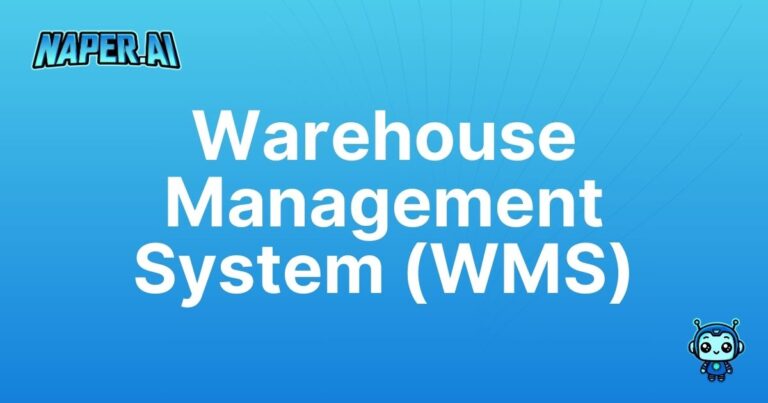Average Order Value (AOV)
Understanding the Impact of AOV in E-commerce
Average Order Value (AOV) is a pivotal metric for understanding customer spending habits and enhancing revenue strategies.
What Is Average Order Value (AOV)?
Average Order Value (AOV) is the average amount spent each time a customer places an order on an e-commerce platform. It’s calculated by dividing total revenue by the number of orders during a specific period.
Pro Tips & Best Practices
- Increasing Upsells: Encourage customers to spend more by suggesting complementary products.
- Free Shipping Thresholds: Set a minimum order amount for free shipping to nudge consumers to buy more.
- Bundle Offers: Create product bundles that offer value and encourage larger purchases.
- Customer Loyalty Programs: Use points or discounts to motivate repeat purchases.
- Regular Monitoring: Frequently assess your AOV to identify trends and adjust strategies accordingly.
Why Is Average Order Value Important?
- Revenue Growth: A higher AOV leads to increased revenue without acquiring new customers.
- Customer Insights: Understanding AOV helps target marketing efforts more effectively, predicting spending patterns.
Practical Applications
- Optimized Pricing Strategies: Use AOV data to set pricing models that enhance profitability.
- Enhanced Marketing Campaigns: Tailor promotions that target increasing AOV to achieve higher sales.
- Inventory Management: Anticipate demand and manage stock more effectively based on AOV insights.
Quick FAQ
- How is AOV calculated? Divide total revenue by the number of orders.
- Why increase AOV? It boosts profits without acquiring new customers.
- Does AOV affect marketing? Yes, it guides promotional strategies.
- Is AOV useful for small businesses? Absolutely, it’s a vital metric for growth.
- Can AOV improve customer loyalty? Yes, through customized offers based on purchasing habits.







